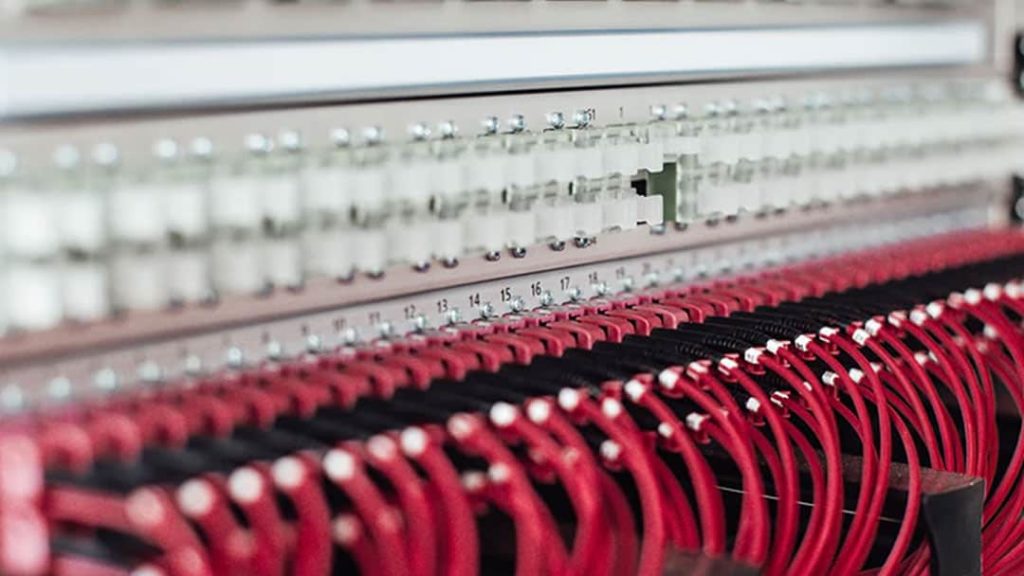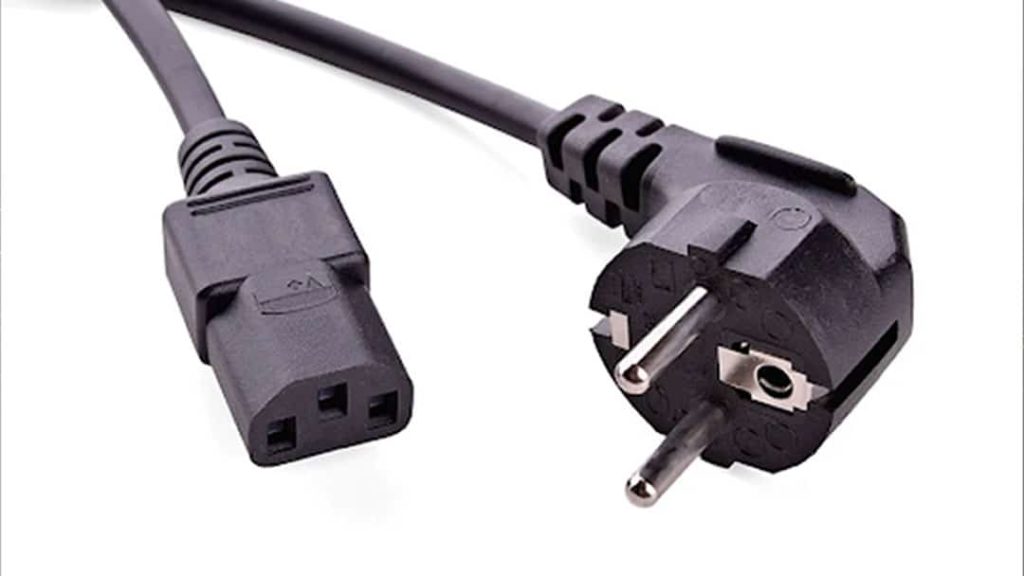Electrical switchgear is responsible for managing and regulating the power flow of an electrical power system. It is critical for protecting transformers, generators, lines, and other electrical applications, data centers, and equipment from faults.
As the demand for more technology and connectivity grows, the need for switchgear continues to grow. The switchgear market is expected to grow to $120 billion by 2027. We cover why switchgear is essential and break down the different voltage types.
What is an Electrical Switchgear?
An electrical switchgear is a critical element of an electrical power system. Its purpose is to de-energize the setup when there is a power system defect and protect the hardware from faulty conditions. The switchgear is used by low and high-voltage power transformers and is made up of:
- Relays
- Circuit Breakers
- Isolators
- Switches
- Fuses
- Current Transformers
- Lightening Arresters
- Indicating Devices
How Does Switchgear Work?
When a fault is detected in the electrical power system, the relay closes the faulty circuit and disconnects the disrupted line. This isolates the fault and allows the rest of the system to continue functioning.
Switchgear is usually installed inside or outside, depending on the needs of the power system. The switchgear that handles over 64 kV are generally installed outside because of the high voltage. For voltage under 64 kV, the switchgear is usually installed inside for easier maintenance.
Related Link: Data Center Power: Best Guide to Efficient Power Management
Why Do We Use Switchgear?
There are several benefits to having switchgear in place:
- Enhanced Reliability: Because the switchgear protects against malfunction, it can ensure that the interconnectivity is undisturbed by cutting off the faulty areas, allowing the other areas to continue to function.
- Power Flow Management: The switchgear is efficient and maintains consistency and ensures the power flow stays in an optimal range.
- Differentiation: The switchgear can discern between the functioning and faulty parts of a circuit. It can then compartmentalize these different parts to allow continuous power.
- Quick Response: The switchgear quickly detects a malfunction in the circuit and prevents the spread or damage from the fault.
- Manual Control Override: While the switchgear runs automatically and autonomously, it does have a manual control override in case the electrical control fails.
Need help assessing your power needs for your data center? Contact us to consult with one of your power management experts.
Related Link: Power Usage Effectiveness (PUE): A Complete Guide
How Many Types of Switchgear are There?
There are many different types of switchgear, but they generally fall into one of three voltage categories:
Low Voltage (LV) Switchgear
LV switchgear can handle up to 1 kV and protects against mechanical and thermal malfunction. Most industries use low or medium-voltage switchgear. An LV switchgear is ideal for healthcare, water/wastewater regulation, and industrial sectors. LV switchgear can include:
- LV Circuit Breakers
- Offload Electrical Isolators
- Earth Leakage Circuit Breakers
- Switches
- Miniature Circuit Breakers
- Molded Case Circuit Breakers
- HRC Fuses
Medium Voltage (MV) Switchgear
An MV switchgear can handle between 3kV to 36 kV and generally runs:
- Switching capacitive winds and inductive currents
- Interrupting short circuit current
- Operating the on/off switching function
MV switchgear is often used for industrial setups to maintain a smooth power distribution. They can be indoor or outdoor installations. Some of the different types of MV switchgear include:
- Gas-insulated
- Air-insulated
- Shielded solid
High Voltage (HV) Switchgear
HV switchgear handles voltages of over 36 kV. Because the switchgear must maintain such a high voltage, it relies heavily on its high-voltage circuit breakers. You’ll want to ensure your using reliable high-voltage circuit breakers known for safety and durability.
HV switchgear is generally categorized as:
- Air Insulated Outdoor
- Gas Insulated Indoor
What is the Difference Between a Switchgear and a Circuit Breaker?
Switchgear includes several different parts like fuses, power conductors, and switches. A circuit breaker is a common part of switchgear and is responsible for recognizing a fault and stopping the power flow to limit the damage.
Why Installing Intelligent Switchgear is a Game Changer
Intelligent switchgear has intelligent electronic device (IED) components that enable it to operate more efficiently and safely. Some of the IED components you can upgrade within your existing switchgear are:
- Smart Circuit Breakers
- Microprocessor Relays & Meters
- Sensors
- Cloud-computing Network Connection
Facility operators can manage, monitor, and analyze data collected about the power distribution system from the intelligent switchgear to find ways to improve productivity, performance, and safety. You can install a new switchgear solution or upgrade your existing system with these powerful, intuitive IEDs.
Extending the Life of Your Switchgear
With proper maintenance, you can extend the life of your switchgear, reducing operational costs. But this mainly depends on the application and environment of your switchgear. To extend operability, you need to:
- Perform regular maintenance
- Replace circuit breakers and other components promptly and directly
- Monitor your switchgear utilizing sensors
- Mitigate and prevent arch flashes
Include a Switchgear When Designing Your Electrical Power System
If you are designing an electrical power system for your organization, you should install switchgear to manage power flow and mitigate any faults or disruptions. This protects your network, data center, and facility from damaging hardware or disrupting critical power supply. For most organizations, you’ll want a low to medium-voltage switchgear depending on your power needs.
You’ll also want to shop for intelligent switchgear components to elevate your productivity and performance. And be mindful of the quality of your circuit breakers because they do the heavy lifting within the switchgear.
C&C Technology Group is a best-in-class resource for designing and building sustainable data centers. We have the education and expertise to guide you through building your data center power, cooling, and infrastructure.
Need an efficient power system for your data center? Contact us to customize an optimal electrical power solution for your data center.
Related Link: Environmental Monitoring Systems: Best Practices
Last Updated on June 8, 2023 by Josh Mahan




